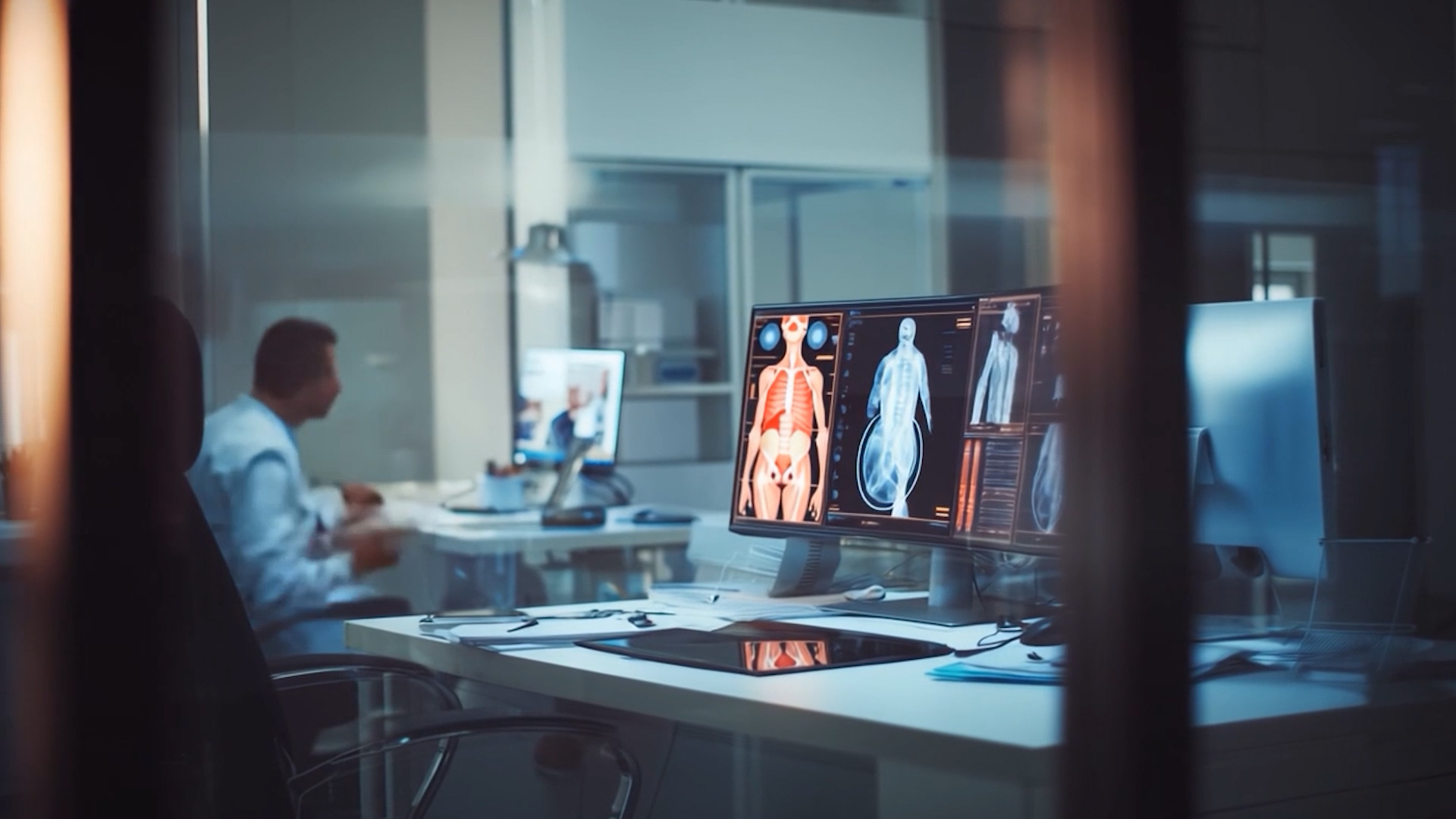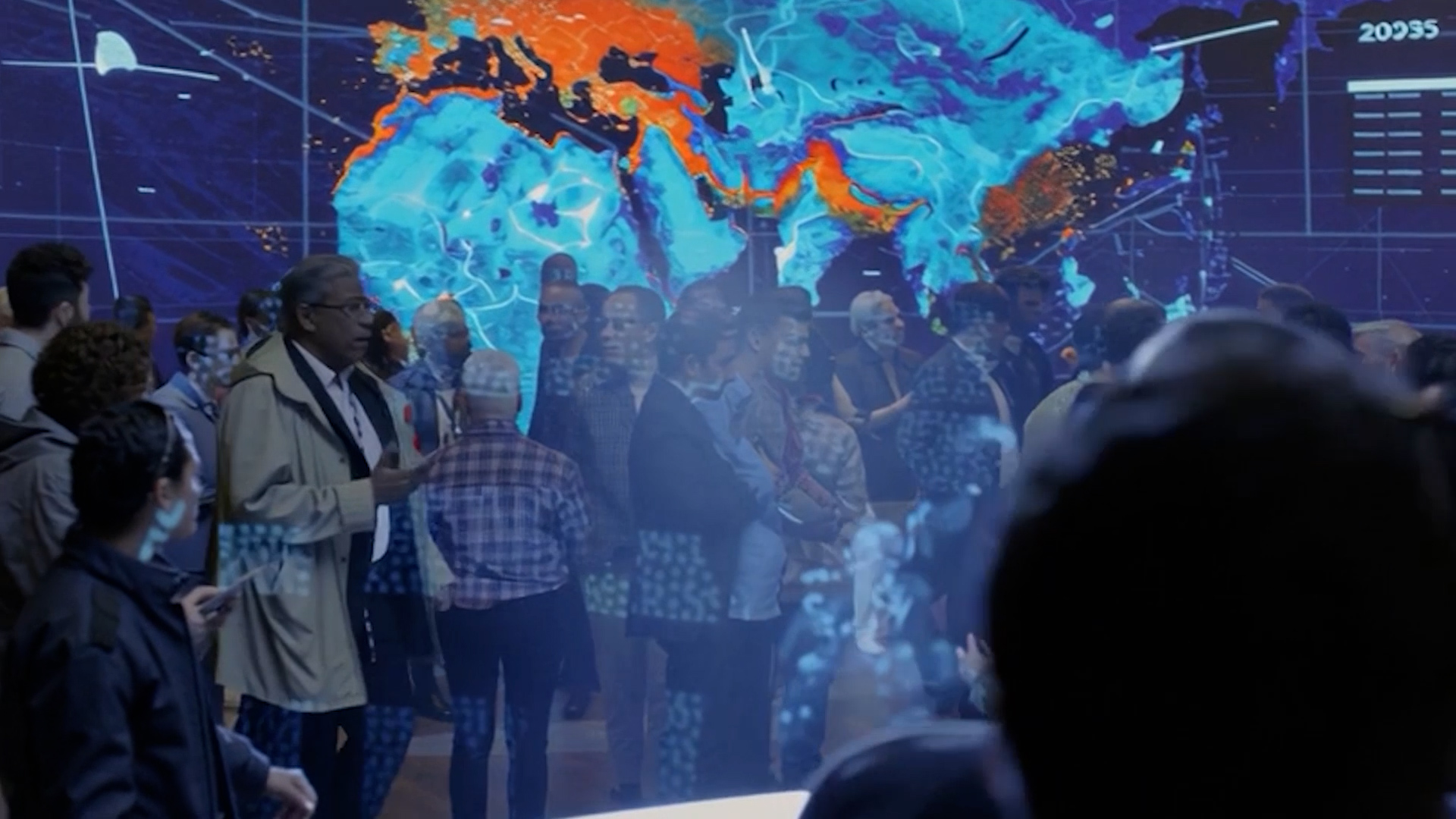AI Pathways:
Two scenarios for AI’s future
AI Pathways:
Two scenarios for AI’s future
Modeling two distinct, plausible futures for advanced AI to better navigate the challenges and opportunities ahead.
AI risks and timelines get plenty of attention, for good reasons. But we don’t talk much about what desirable, realistic futures with AI could look like. AI Pathways from Foresight Institute’s Existential Hope program explores two such visions: Tool AI – advanced, controllable systems, often narrow in scope, that speed progress without replacing human judgment – and d/acc – decentralized, democratic, defensive acceleration of technology. Developed with input from leading voices including Vitalik Buterin, Glen Weyl, Anton Korinek, Anthony Aguirre, Allison Duettmann, and others.
Explore the scenarios

Tool AI
A world shaped by advanced but controllable AI systems, powerful tools built to extend human capabilities without pursuing too much general or agentic intelligence.
This scenario explores the possibility that many hoped-for benefits of AGI could be achieved through narrow AI instead. What happens if we choose to scale tools, not agents?

d/acc
A world shaped by the concept of d/acc: decentralized, democratic, defensive, and differential acceleration of technological progress.
This scenario explores a future driven by bottom-up coordination, privacy-preserving infrastructure, and systems built for resilience. What happens if acceleration is intentionally plural, and defense is built in from the start?
How to use the scenarios
- If you shape policy: Consider how your proposals might need to adapt in different plausible worlds.
- If you do research: Look for questions or challenges that feel underexplored in these futures.
- If you fund projects: Spot areas where targeted support could make a meaningful difference.
- If you’re a curious citizen: Compare these futures to the one you’d like to see, and consider your role in making it more likely.
$5,000 Metaculus challenge
To invite deeper discussion around the scenarios, we’ve partnered with Metaculus to launch a set of forecasting questions based on key milestones in each future. Alongside this, we’re running a $5,000 Commenting Prize. The prize will go to the top 8 contributors, judged on the quality of their insights on the AI Pathways questions.
Shaped with insights from leading thinkers
Contributors to the Tool AI scenario
Adam Marblestone (Convergent Research), Anton Korinek (University of Virginia), Anthony Aguirre (Metaculus, Future of Life Institute), Saffron Huang (Anthropic), Joel Leibo (DeepMind), Rif A. Saurous (Google), Cecilia Tilli (Cooperative AI Foundation), Ben Reinhardt (Speculative Technologies), Bradley Love (Los Alamos National Laboratory), Konrad Kording (University of Pennsylvania), Jeremy Barton (Nano Dynamics Institute), Owen Cotton-Barratt (Researcher), Kristian Rönn (Lucid Computing).
Contributors to the d/acc scenario
Vitalik Buterin (Ethereum), Glen Weyl (Microsoft Research, RadicalXchange), Kevin Owocki (Gitcoin), Andrew Trask (OpenMined, DeepMind), Emilia Javorsky (Future of Life Institute), Deger Turan (Metaculus), Allison Duettmann (Foresight Institute), Soham Sankaran (PopVax), Christine Peterson (Foresight Institute), Marcin Jakubowski (Open Source Ecology), Naomi Brockwell (Ludlow Institute), Molly Mackinlay (Protocol Labs), Lou de Kerhuelvez (Nodes).
How this was made
Both reports are written by Linda Petrini and Beatrice Erkers. These scenarios were developed through expert interviews and multiple rounds of feedback. We spoke with researchers, technologists, and institutional decision-makers across AI safety, governance, decentralized systems, economics, macrostrategy, and more.
We’re deeply grateful to those who contributed their time and insights. The scenarios reflect a synthesis of many perspectives, and they should not be taken as endorsements or official positions of any individual listed above.
Videography by Petr Salaba (AI-generated).